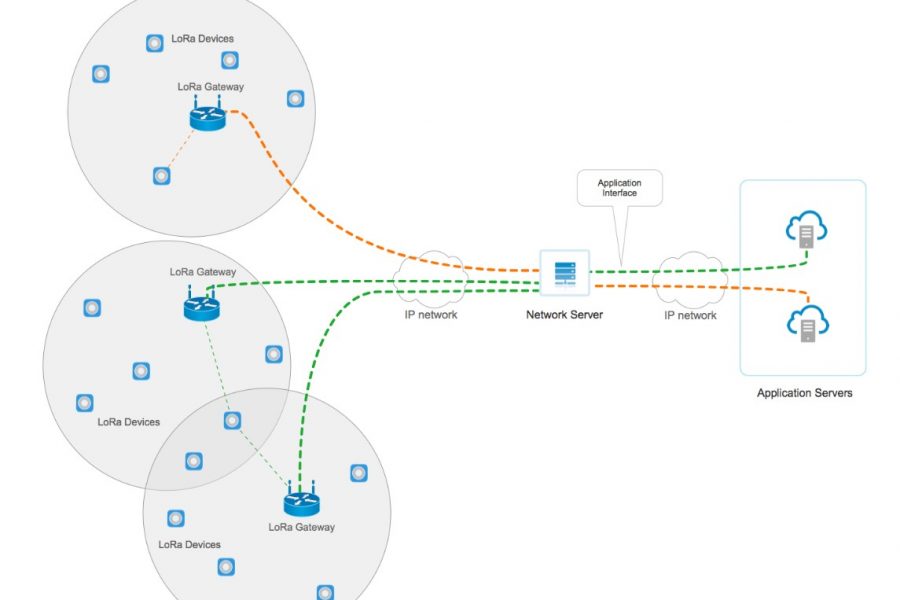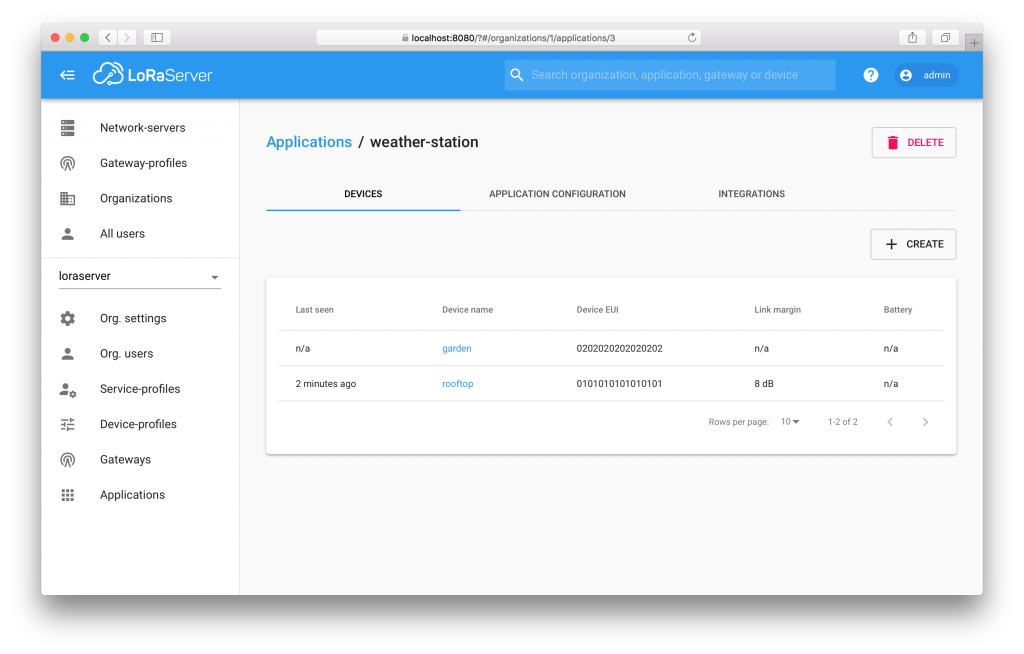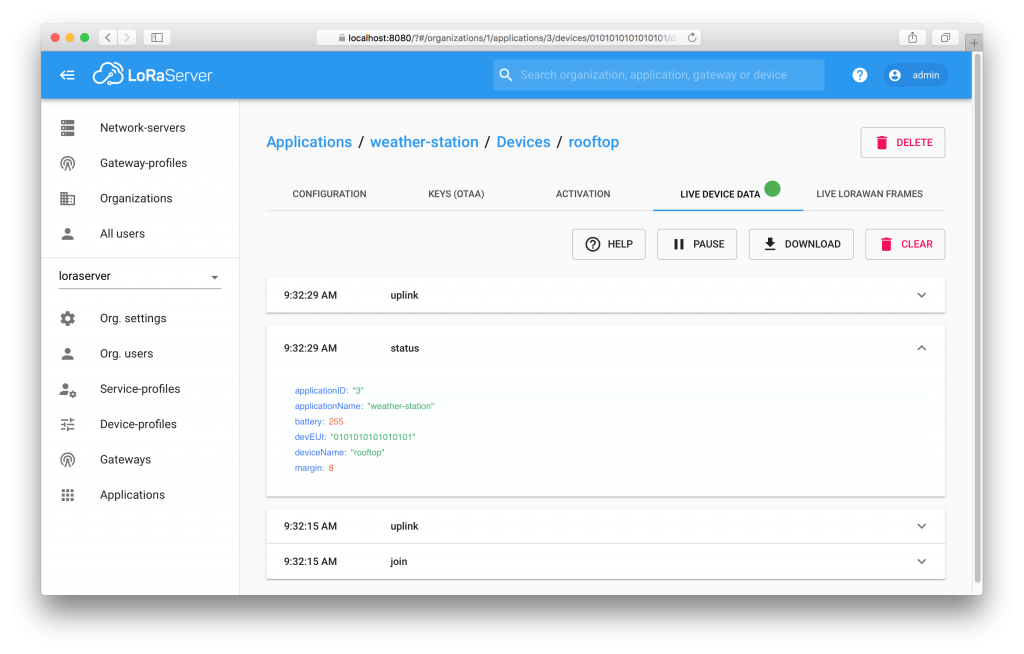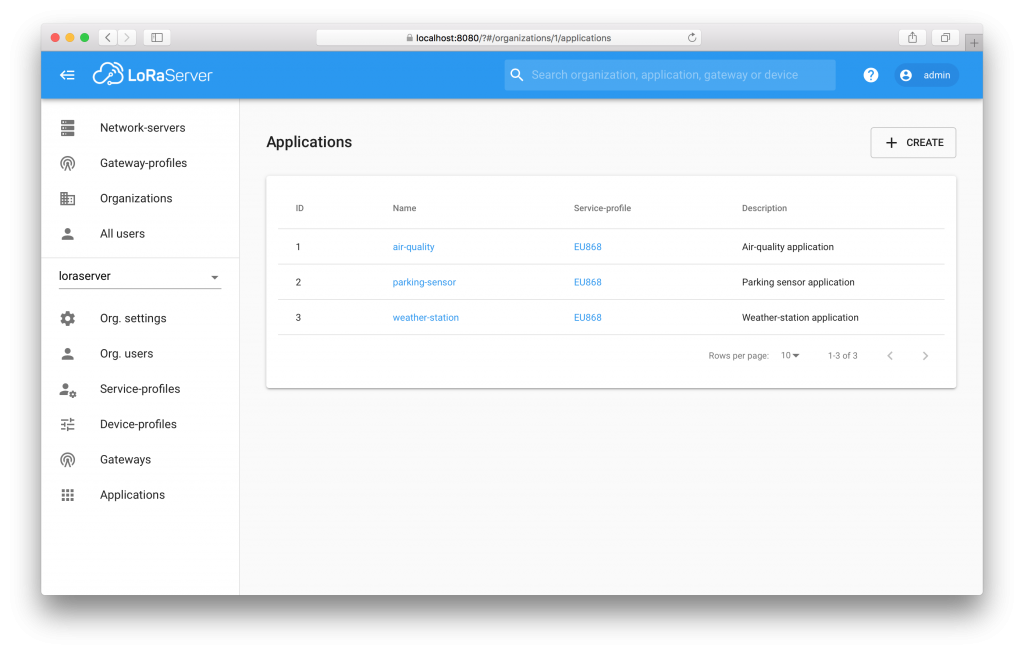An implementation of an infrastructure of low power, high range and scalable network of sensors used to efficiently collect information in a secured manner

Low-power WAN (LPWAN) is a wireless wide area network specification that consists of low-bandwidth, battery-powered sensors with low bit rates over long ranges.
Low-power WAN (LPWAN) is a wireless wide area network specification that consists of low-bandwidth, battery-powered sensors with low bit rates over long ranges.LPWANs operate at a low cost with greater power efficiency than traditional mobile networks, so they are mainly created for machine-to-machine (M2M) and internet of things (IoT) networks.They are also able to support a great and changeable number of connected devices over a larger areas.
Most LPWANs have a star topology where each sensor connects directly to common central access device called Gateway. To meet the challenges of long range, low power consumption and secure data transmission, the sensors are based on LoRa Technology and on LoRaWAN media access control (MAC) layer protocol that manages communication between LPWAN sensors and the Gateway.In very large areas, LPWAN is likely separated to clusters and have a LoRa Gateway per cluster. Each cluster Gateway relays the LoRaWAN messages up-to the LoRa Network Server.
The projects implements a LoRaWAN based system of sensors with fully working up-link (end-node to server)and downlink and support for sending mac-commands to the end nodes.
The network consists of 3 main parts:
1. End-node: LoRa sx1278 connected to NodeMCU (we used Arduino IDE to implement the required code).
2. Gateway: LoRa sx1278 connected to NodeMCU (different code from the end-node).
3. Server: free source LoRaWAN server – loraserver.io.
To communicate between the gateway and the server we used MQTT protocol and to send mac-commands to the end-nodes from the server we used grpc protocol.





